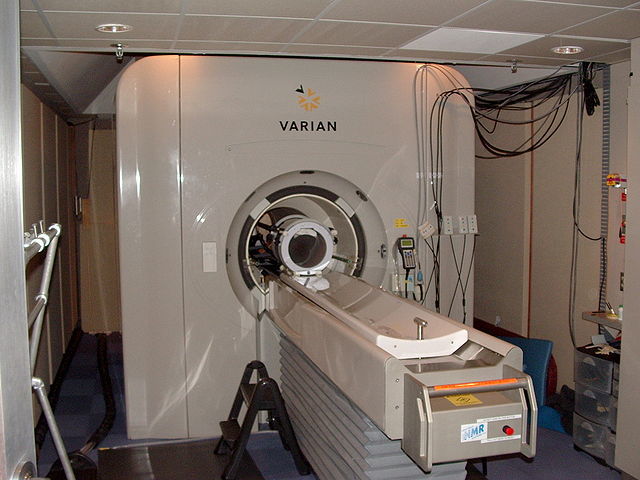



fMRI has left a modest mark on presurgical planning, treatment evaluation, and clinical assessment; it has been widely adopted as a tool for research into mental illness but plays no diagnostic role and has not influenced psychiatric care. Although it has transformed cognitive neuroscience, where it is the most frequently used technology, the gargantuan increase in the quantity of neuroimaging papers is not universally seen as having been accompanied by a proportional contribution to the understanding of the mind; while, as we shall see, it has been extensively applied to issues related to personhood, society, and culture, its most significant impact in that connection has been to drive the emergence and justify the existence of the neurodisciplines we shall discuss here. Its major role and effects have been cultural, sociological, and economic. Neuroimages have become contemporary fetishes whose power derives from the belief that fMRI offers “windows into the mind” (the metaphor is widespread).
Five decades [after the development of electroencephalography], after a period of relative “iconophobia” and the spread of brain-as-computer models, the rise of digital brain imaging technologies has given mind-reading hopes a new lease of life (Hagner 2009).

fMRI image of preteen brain while child performs a working memory task. The regions in yellow and re...

Varian 4T fMRI, part of the Brain Imaging Center, Helen Wills Neuroscience Institute at the Universi...
Though the use of fMRI appears universal in the scientific community today, it was invented in 1991 – a mere 23 years ago. Key aspects of the technique were first introduced to the scientific community by John Belliveau in his presentation at the 1991 Young Investigator’s Awards. In his presentation, he showed images of increased cerebral blood volume in key areas associated with vision after research subjects responded to simple visual stimuli. Though he won that year’s Young Investigator Award, the fMRI technique did not garner much attention because its practical applications were unclear. However, after researchers at the 10th annual Society for Magnetic Resonance Imaging meeting presented a video by Kenneth Kwong, which related blood oxygen levels to brain activity detection using MRI, scientists realized that fMRI could revolutionize the way they approached brain studies.
On the link below, you can dig a little deeper into the history and mechanism of fMRI.

Inspired by the homonymous book by Fernando Vidal and Francisco Ortega, this timespace presents the authors' genealogy of the cerebral subject and the influence of the neurological discourse in human sciences, mental health and culture.